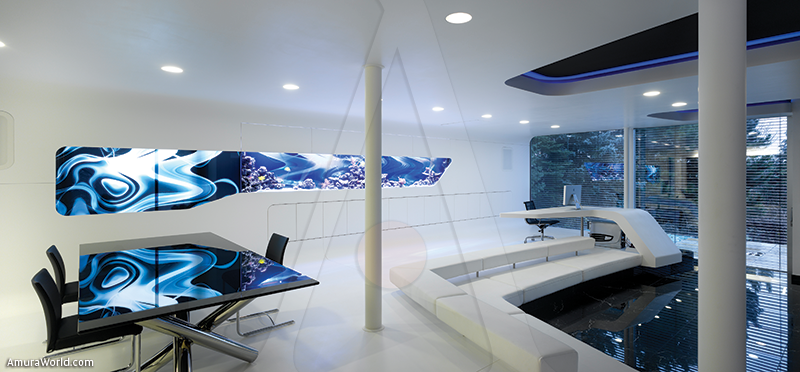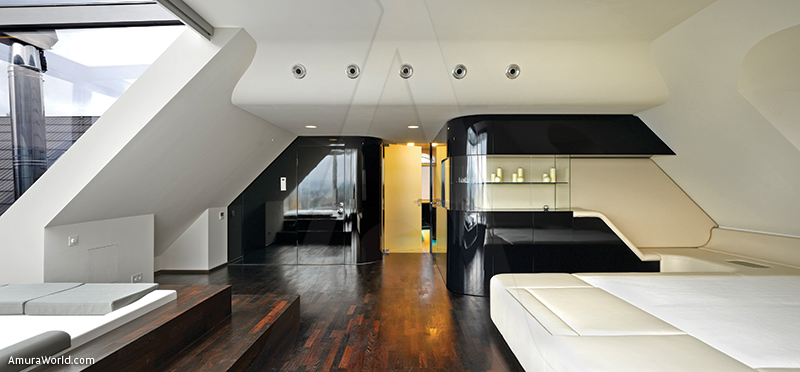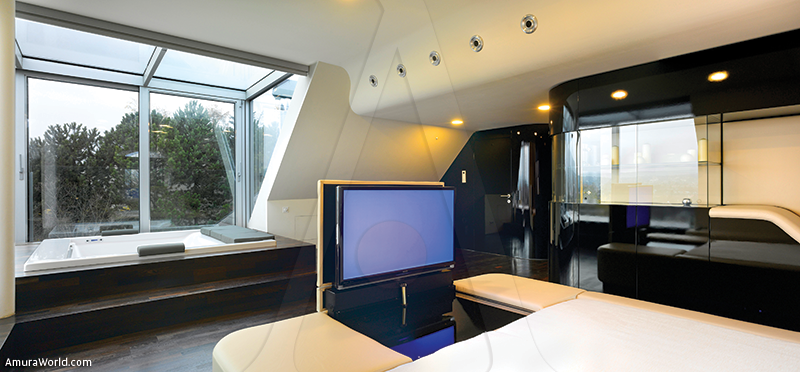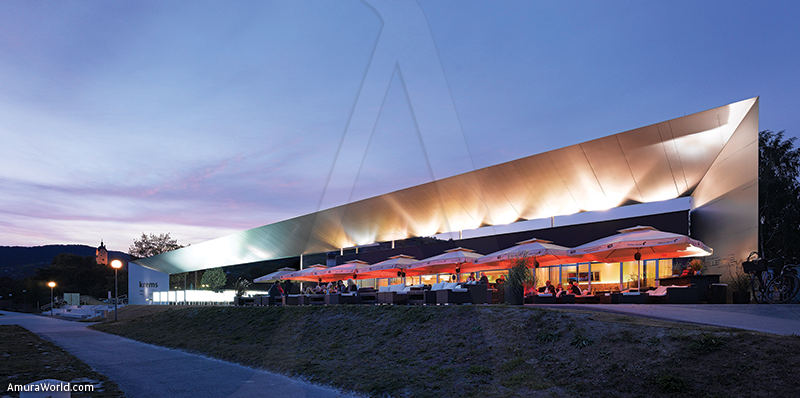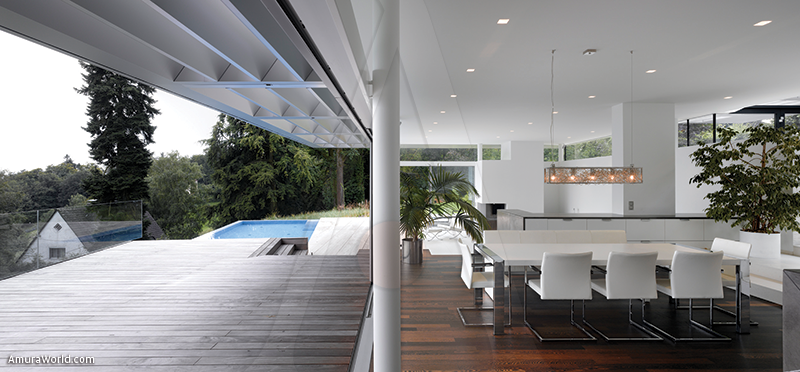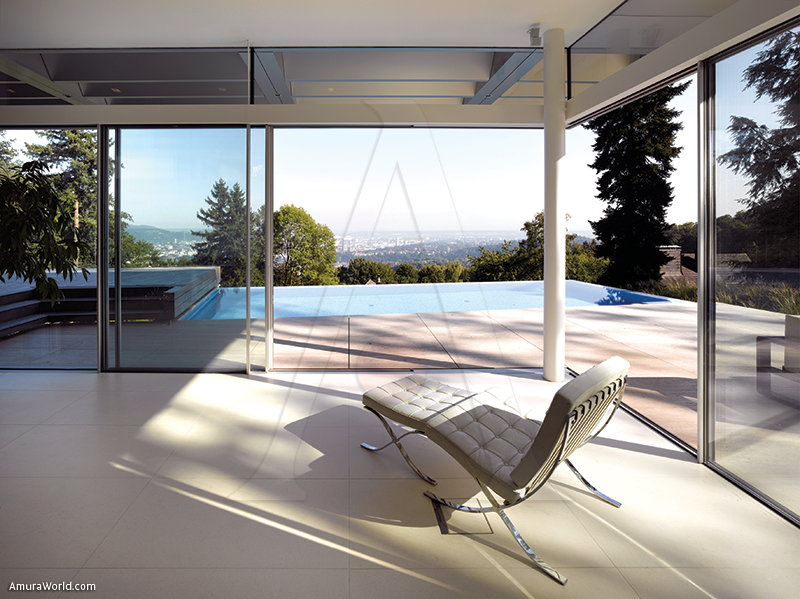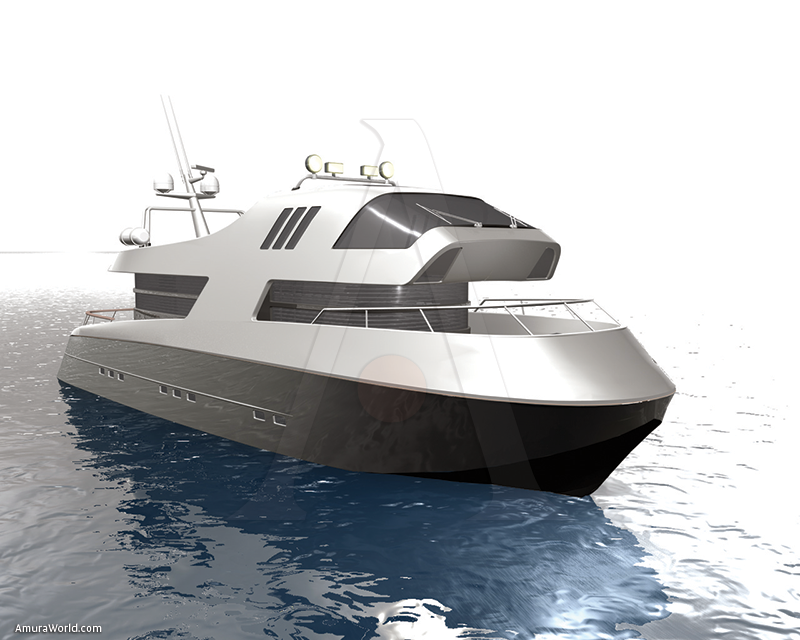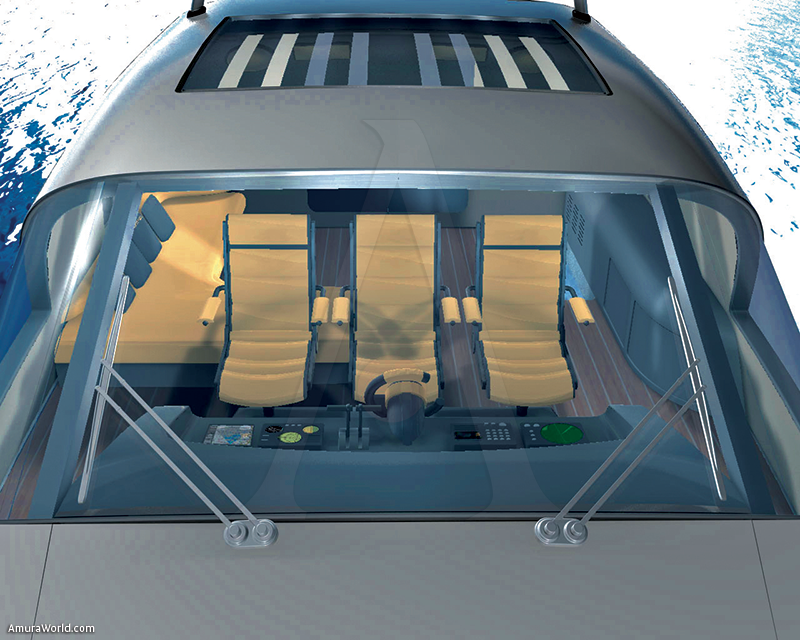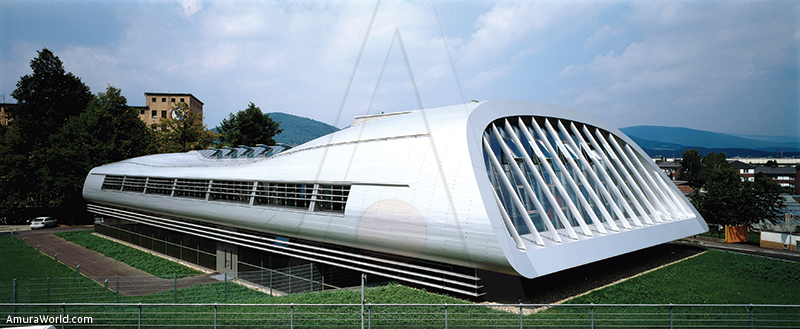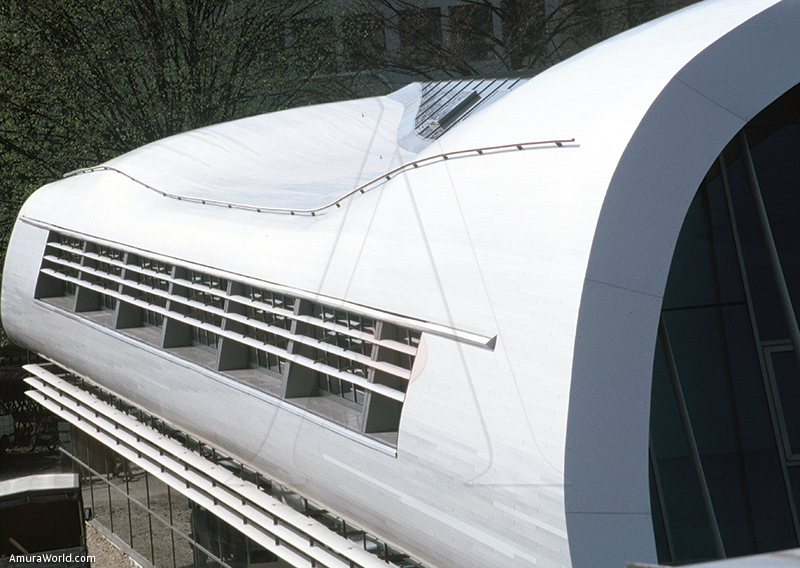“Form follows desire”
Brothers and Architects Karim and Rames Najjar has won several prestigious awards and found recognition in a considerable number of magazines, newspapers and books around the globe. Their works was displayed in various acknowledged art galleries and museums in Europe and overseas. Activities include designing commercial buildings, residences, bridges, interiors, and furniture. Since 2006, the practice has also been involved in yacht design and won an award for innovative yacht design concepts. We speak with Karim Najjar about interdisciplinary design approach and their research in different fields: engineer spirit and artistic soul.
Brothers are working together. More easy, or more complicated? How do you share ideas and summarise it in order to develop the different projects?
One mind alone is complicated, two minds are double complicated. But when they are at the same page and exchange ideas they can become very efficient. The process of communication is very important in the design process since it reveals the perception of design products at an early stage. Of course you need to have a common ground to make this process fruitful. First we work as individuals, discuss our different ideas and then streamline a common concept. From there we follow our task.
Nature is the source of inspiration for you creation. Mediterranean is another important point in your architectural conception. In which sense it is related with your job?
I am hesitant to say that architecture is our “job”. In the first place, it is our passion and we are lucky to be able to make our living with it. In that sense, many aspects are reflected in our work. To form a design repertoire the exposure is very important. Our father is an engineer and our mother is an artist, hence we were exposed to the entities that form the discipline of architecture from early on. We are passionate sailors and hikers and are humbled by the forces of nature and the beauty it can reveal. We grew up viewing the horizon of the Mediterranean. That might explain our affinity to horizontal lines, open spaces and streamlined vessels.
Brother Najjar are from Beirut, Lebanon, but your studio was opened in Vienna simultaneously in 1999, and later in Stuttgart. It seems that majority of architects go to London, I mean natural or commercial relationship between Middle East and “The City”. Why Germany and Austria (European Center)?
That is right, Germany and Austria might not be linked to the Middle East in the way London or Paris are. But when it comes to innovation, you can find there the best engineers who are performing at the highest level; there is a spirit that seeks for inventiveness and perfection. We had the opportunity to work with the finest engineers and craftsmen in the field, which allowed us to master difficult tasks and gave us the reputation to be good at implementing design concepts without compromising on the quality when it comes to execution. That certainly gave us our edge.
In this side, artistic ideas, and innovation in the other hand. Your creations combine forms and functionality in beautiful balance, sometimes amazing shapes. Does every architect have inside an engineer?
The word architect comes from Greek arkhitekton and means “master builder or director of works”. There was no separation between the arts and engineering for the longest time in the history of architecture. With industrialization, we became more specialized, which made us very efficient. But this development also bears the danger of losing the holistic aspect of design, where shapes, structures and functions complement each others and are in tune with the human scale and nature. An architect should be able to master all aspects that affect the quality of buildings, which includes engineering.
You both began designing commercial buildings, residences, bridges, interiors, and furniture. Since 2006, the practice has also been involved in yacht design. How was this step into yacht?
We worked together with shipbuilders in order to develop a double curved roof for the Semperit project. This collaboration brought us to understand the methods of boat design and ship building. We were fascinated by naval architecture and very soon began to work in this field.
Najjar & Najjar won an award for innovative yacht design concepts. Please tell us about this award.
The design followed the idea of creating a “SUY” (Sports Utility Yacht), similar to the concept of SUV cars that combine durability in extreme conditions and comfort. The SUY concept targets all adventurous sea lovers who aim to go on long distance explorations with no regards to weather and sea conditions. The design refers to the concepts of working and fishing boats, where the wheelhouse is pushed to the front in order to create large deck areas. The aluminum hull is light and durable and performs as “Displacement Glider”. In comparison with conventional hulls, the “Displacement Glider” reduces the fuel consumption by up to 30% at speeds from15 to 20 knots. The design concept was awarded for its innovation by “Departure”, an organization funded by Federal Republic of Austria.
It could be said that car is an extension of the house. Could we make the same comparison in yachts as well? Building houses in the sea.
A yacht is more than an extension of a house; in fact, it is a maneuverable home located on the largest site of the world, the ocean.
You say that your designs could find a similar perception and connection such as music. “Talking about music is like dancing about architecture”, Frank Zappa said. You find inspiration in the limits of contradiction between art of space and art of time, isn´t it?
I said that “we hope that our designs could find similar perception as music”, that means that in the first place we intend to compose volumes to provide spatial experiences. In this sense I agree with Frank Zappa; music and architecture are forms of expression in their
own right.
Could you define Najjar & Najjar in three words? Maybe four.
Form follows desire.
What special project do you choice of your production? Your favourites jobs, evidence Najjar & Najjar brand.
Always the one we are working on.
And projects on development…
A floating structure that harvests wave energy.
Suggestions, please, some buildings, space or views that we must see if we visit Beirut and Lebanon.
The fair by Oscar Niemeyer in Tripoli.
Thank you very much.
Anything else you would like to say?
Thank you for the interview.
Text: ± Photo: Najjar & Najjar Architecs


